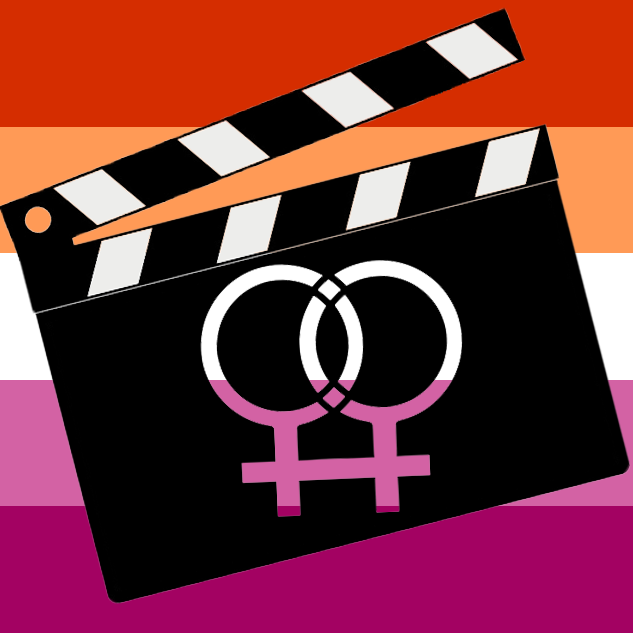With the obvious exception of The Handmaiden (which has the unfair advantage of being the best WLW movie), The Night Watch is the best adaption of a Sarah Waters novel that I’ve seen.

The Night Watch focuses on a group of characters during and after World War 2 in London. The lesbian characters are Julia, Helen and Kay. In 1941, Kay and Julia were together. But Kay leaves Julia for Helen. By 1947, Julia and Helen are together. It’s good to know even in the 1940’s, lesbian social circles were still complex, messy webs of exes. The other lead characters are adult siblings, Viv and Duncan. Viv is engaged to a man who she engaged in an affair with during the war despite him being married. Duncan is gay and spent most of the war in prison. In 1947, his ex-cellmate runs into him. He’s surprised to find Duncan living with one of the elderly prison guards.
The film utilizes time really successfully. It starts out in 1947 and then flashes back to 1944 and then again to 1941 before a final scene in 1947. This non-linear story is used to excellent effect. During the first act in 1947, characters talk around issues that happened to them during the war. This establishes tension and intrigue. And then, and here’s the important thing, the rest of the movie pays off what it built up in the first act. The Night Watch keeps the intrigue going. It reveals information at a steady pace while introducing new factors. So from the first to last minute of the film, I was engaged.

What additionally helps is that The Night Watch sketches interesting and sympathetic characters. As the story progresses, I wanted to learn more and more about the characters and hoped nothing too bad would happen to them. The film is really good at having interpersonal struggles like romance feel important and interesting even in the setting of the much larger problem of World War 2. Human connection is the focus of the film. The Night Watch brilliantly depicts it as something often simple but incredibly necessary.
One thing the film also excels at is its depiction of trauma. Both of an individual level and on a national level, the film is a harrowing portrait of how World War 2 traumatized an entire nation. The film is never so blatant as to have characters talk about it, but everything from a loaded silence, a tense music score, a woman crying in the background or the bleak, grey colour palette of 1947 really helps create a tone of shell shock and a country not quite recovered. Likewise, the characters in 1947 have not recovered from the events of their recent past and are unable to live fully and happily in the present because of this.

Despite this, the film ends on a message of hope for most of its characters. All of them end the film with a future unknown and different than what they thought at the start. But for all of them, there is potential that tomorrow will be better and that there is still a chance to heal and be happy. What obviously helped here was the surprising lack of dead gay characters. I expected a World War 2 film with an ensemble cast of queer characters and a woman who had an abortion to have a much higher body count. It didn’t! Here, in some ways is the ultimate message and a good argument as to why bury your gays is a bad trope. Death is the end. But so long as you are still alive, there’s still a chance that tomorrow will be better.
I really, really liked The Night Watch. This was a really good TV movie. The execution of everything from the directing to the acting to the music is highly successful. The film has a well-drawn cast of characters and is extremely good providing or withholding information which results in a really engaging watch. I was hooked from the first to the last minute.
Overall rating: 8.4/10
Other WLW films in similar genres
World War II
Based on Novels


Be First to Comment